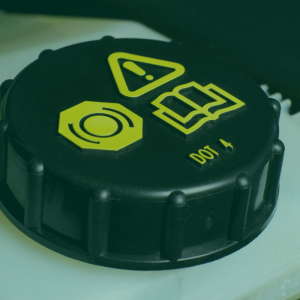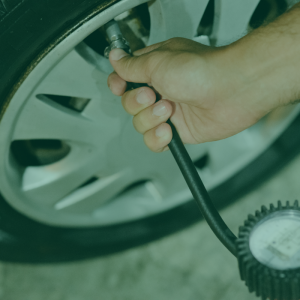The Maintenance Basics That Help You Drive More Safely
It’s pretty much a universal rule that the better you take care of something, the longer it lasts. When it comes to your car, adhering to basic maintenance means more than just extending the life of the vehicle—it means ensuring the vehicle is in the safest possible condition to be on the road. Which maintenance stops are a must? That depends on your vehicle’s make and model, all information you can find in the owner’s manual. However, nearly all vehicles will need the following sort of attention every few months.

Fluid Check
One of the first things most people will learn about their vehicles is how important it is to check and change the oil on a schedule, with conventional wisdom typically placing that between 3,000 – 5,000 miles. Newer models may allow you a longer lapse between checks, but it should still be done regularly. Failing to check and change your oil can have a significant impact on your engine, leading to dangerous driving situations that could result in an accident.
Your transmission fluid, brake fluid, coolant, and washer fluid should also be checked frequently. If you know how to do it yourself, or want to learn, we recommend sticking to a monthly schedule. At the very least, each time you get your oil changed.

Tires
With the weather cooling off, you’ve almost certainly noticed a change in tire pressure. Or that little light on your dashboard has been triggered to let you know your car felt the change in temperature, too. Either way, since your vehicle is literally supported by your tires, you should keep up on tire pressure checks and make sure all have enough air. This can be done at virtually any fill-up station, often for free. If you don’t know how much air each tire needs for your car’s make and model, a quick trip to Google ought to save you a search through the owner’s manual.
To make sure your tires wear evenly, they should be rotated on schedule—usually every 6,000 – 8,000 miles. Uneven tire wear increases the risk of bursts or leaks, particularly if a certain side or edge of a tire is particularly worn and repeatedly tested. This could lead to an accident-causing blowout.

Brakes
In most cases, your brakes should last up to 50,000 miles, but you should always be vigilant for changes in the way it feels to brake, or unusual sounds or smells. Your brake fluid, though, should be replaced between 20,000 and 45,000 miles, depending on your make and model. Be sure to have your brake fluid checked whenever other regular maintenance is performed to stay on top of it.

For other maintenance, your car will typically tell you when something needs to be checked or addressed, care of the indicator lights. None of these lights should be ignored, as neglecting any part of your vehicle can increase the risk of an accident. Then you’re not looking only at a costly maintenance bill, but the added cost of body repair, if your vehicle can be restored.
These are just a few of the steps to take to keep your car in the safest possible driving condition. As we mentioned, your owner’s manual is your greatest resource to know how to best care for your vehicle.
While keeping up with maintenance will help avoid accidents, we understand you can’t control the habits of other drivers. Call Hammer’s Autoworks for a free estimate anytime the unexpected and unavoidable happens to you.
